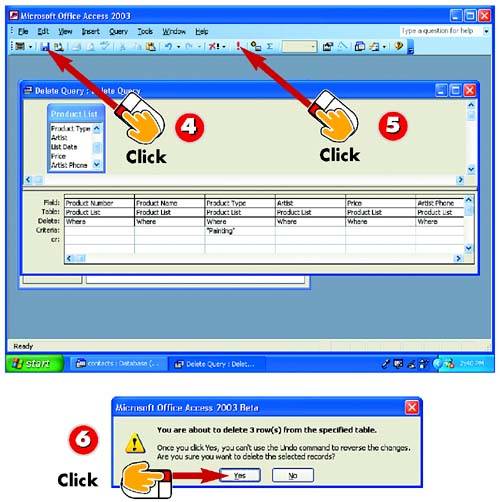

In an Access database, you create a table relationship using one of the following methods: In this articleĬreate a table relationship by using the Relationships windowĬreate a table relationship by using the Field List pane to add a fieldĬreate, edit, or delete a relationship in a Web AppĬreate or modify a relationship in an Access 2010 web database For more information, see Guide to table relationships and Get started with table relationships. A relationship can also help prevent missing data, by keeping deleted data from getting out of synch, and this is called referential integrity.īefore you work with relationships, make sure you understand the background concepts. When you use related tables in a query, the relationship lets Access determine which records from each table to combine in the result set. Each record in the OrderDetails table has a ProductID that corresponds to a record in the Products table with the same ProductID. For example, you might have a ProductID field in a Products table and in an OrderDetails table. Each relationship consists of fields in two tables with corresponding data.

A relationship in Access helps you combine data from two different tables.


 0 kommentar(er)
0 kommentar(er)
